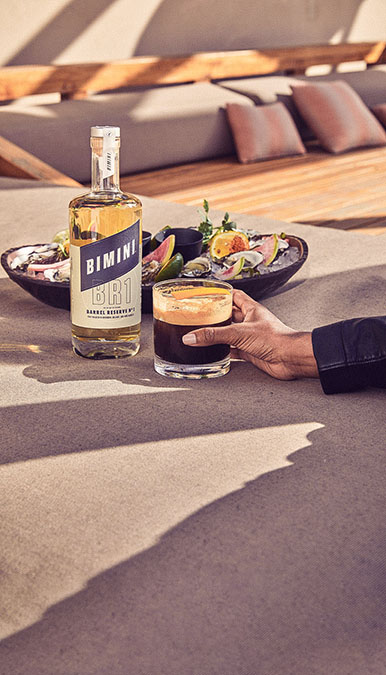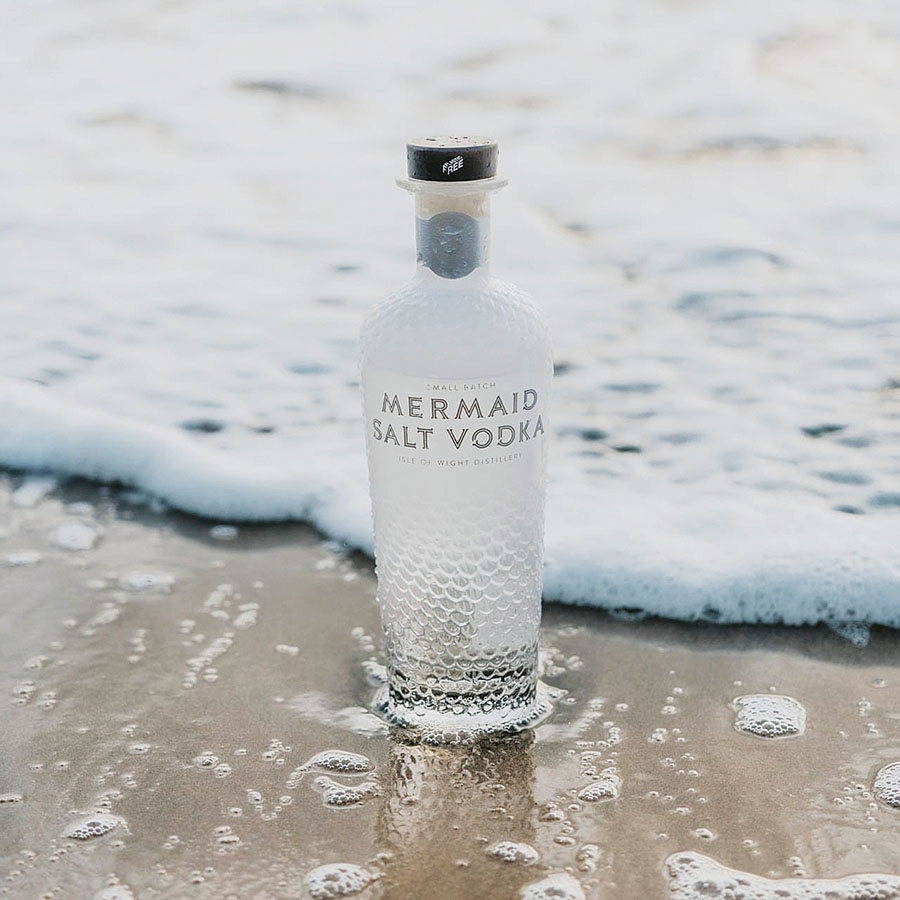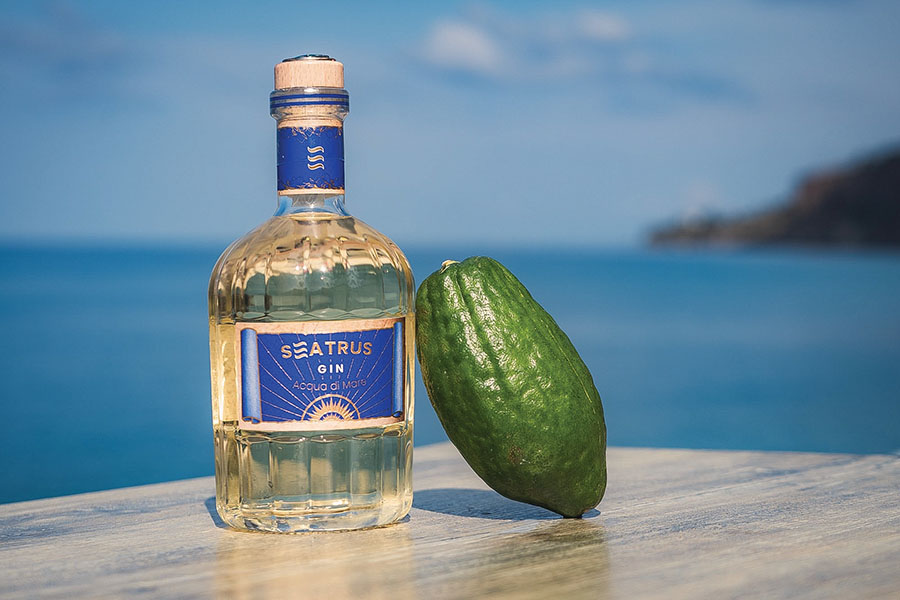Salt: good old sodium chloride. It brings flavor to food and has been the object of armed rebellions and wars on most of the Earth’s continents. But what has it got to do with spirits? Beyond its use as a rim garnish on a margarita glass or taken before a tequila shot, can it enhance our cocktails and drams, too?
Salt has been used by bartenders, typically as a saline solution, to add an unctuous characteristic for many years. Inspired by this, distillers are now following suit. They cite that salt can help to balance different flavors, highlighting some while suppressing others; it stimulates the taste buds and gives the drink a more moreish quality. Salt can also be a way for coastal producers to connect with their distillery’s surroundings.
Practical Considerations
Before anyone gets ahead of themselves, let’s have a think about whether salt can be effectively introduced via distillation—as a botanical, perhaps? Dr. Anne Brock of the distillery at Laverstoke Mill, home of Bombay Sapphire, explains why that approach doesn’t work: “Salt doesn’t distill over if you put it in the pot. Think about it: If it did, then desalination plants wouldn’t work.”
A straightforward answer and one that makes sense. Having tried a number of different salt distillates, I can confirm that, while they are not identical, the salty, saline quality does not transfer over during distillation. In addition, putting salt in copper or stainless steel can lead to corrosion, significantly reducing the life of the equipment.

So what about post-distillation options?
“I only use salt in the dilution process,” states international distilling expert Julia Nourney (after warning of the aforementioned corrosion dangers). “I make a saline solution with warm water at maximum saturation.” This is then used with proofing water to bring the spirit down to bottling strength. This technique is commonly used with gin; some producers disclose it, others use so little salt they keep it a trade secret.
The use of a saline solution rather than just adding salt crystals to the spirit helps with stability and stops the salt from coming out of solution. It also gives the producer a finer degree of measurement, consistency, and control over the level of salt in the spirit.
Sourcing and Integrating Salt
Most producers seem to favor sea salt rather than varieties that are mined inland because it typically provides a greater complexity of flavor. However, it may also be because they want the additional salinity to be part of their brand and they are a coastal facility. One such example is the award-winning Mermaid Salt Vodka, which is based on the Isle of Wight and uses locally sourced sea salt.
Another example is Salcombe Distilling Co. in Devon, which produces a “liquid garnish:” a distilled and infused spirit bottled at 60% ABV that is designed to be sprayed over cocktails to help enhance their aromatics. Inspired by a misty morning seaside walk, it contains Cornish sea salt.

Since 2016, the use of salt in spirits has become increasingly popular in Italy. It has been used in a variety of Italian vermouths, liqueurs, amaros, and — notably — over 30 different gins. Spirits expert Vanessa Piromallo of ilGin.it attributes salt’s popularity in Italy to the region’s unique terroir. “We are a peninsula, surrounded by the sea, so there is a demand for local botanicals. Also, many Italian producers approach their recipes like chefs, and salt helps to pronounce flavors,” says Piromallo.
One particularly unique Italian gin is Seatrus Acqua Di Mare Gin, which uses purified seawater directly from the Mediterranean in its proofing process rather than a saline solution. This works well for this particular gin, although for many locations, possible contamination from pollutants and effluents makes purification of the water both essential and possibly expensive. “That’s the reason why I don’t work with seawater,” says Julia Nourney.
Salt can also be used to influence spirits in other ways besides direct addition. Bimini Gin from Round Turn Distilling makes a barrel-aged gin that is matured in part in an ex-bourbon cask that had previously held sea salt. The resulting gin, as expected, has a light salinity as a result of residual salt in the cask.
Noilly Prat vermouth is made in the port of Marseillin, near Montpellier in Southern France. The wine is aged for at least a year and the barrels are kept outside, exposed to the salty coastal air, a mere stone’s throw from the lagoon and the Mediterranean Sea beyond.
Some brands, such as Scotch whiskies Talisker and Lagavulin and Australian whiskies from Manly Spirits, are aged in coastal locations (thus experiencing the corresponding weather) — although unlike Noilly Prat, the barrels are kept inside. Jefferson’s Ocean Bourbon and Linie Aquavit are both aged at sea, and while the salt may have some influence, it is the climatic changes and motion of the ship that have the most impact on maturation.

A Little Goes a Long Way
Salt is a particularly personal flavor, and some people are far more sensitive to it than others. Any distiller wanting to explore the use of salt in spirits would do well to create a large cross-section of tasters to help them get the levels correct. Many of the light-touch salt gins (those in which the salt just helps to marry the flavors) have salt levels that sit at 0.09–0.12 g per bottle. The slightly stronger ones, where the salt is discernible to many palates, sit around twice that, at about 0.25 g per bottle. At that point, it makes sense to mention the salt on the label to better manage consumer expectations. Once a spirit gets to 1 g of salt per bottle, it is decidedly salty and may be too much for some consumers’ preferences, in which case it should certainly be prominently disclosed.
Hopefully this article has provided some inspiration, and any resultant spirits — while not the subject of war or rebellion — will almost be worth fighting over.








